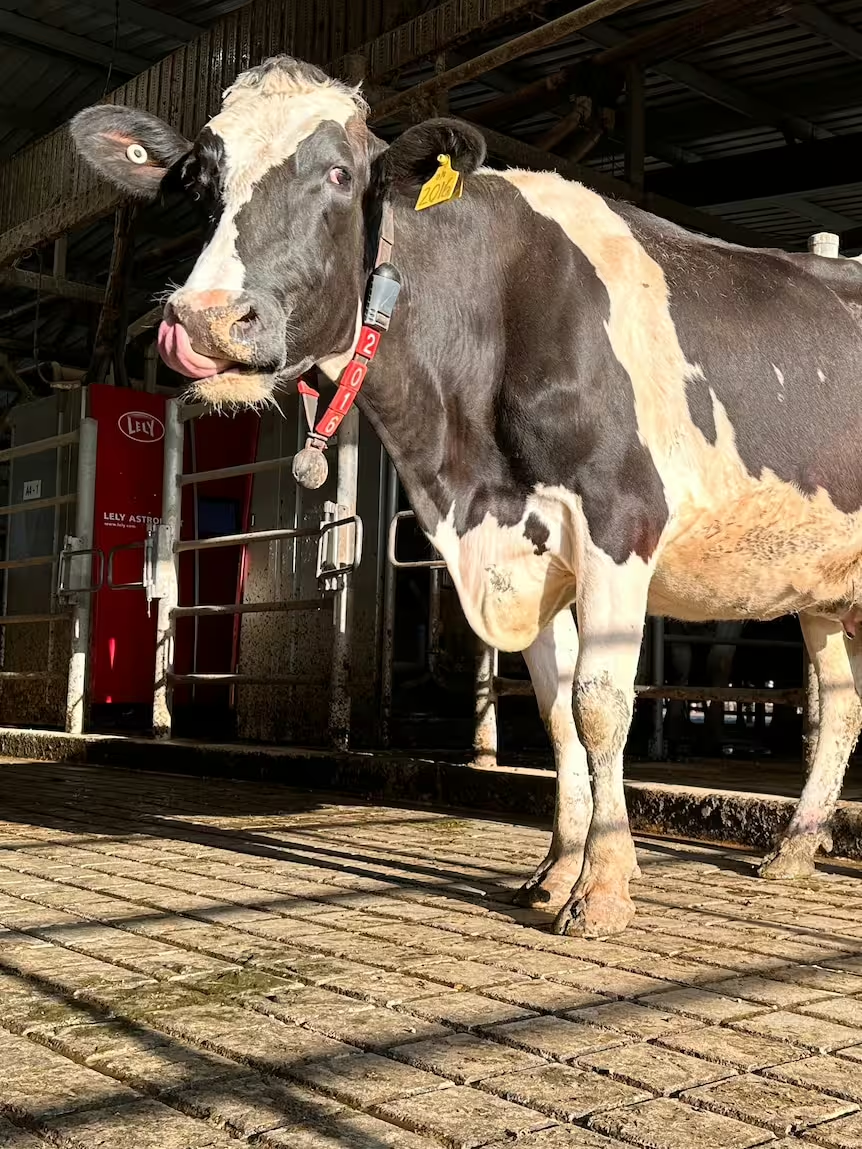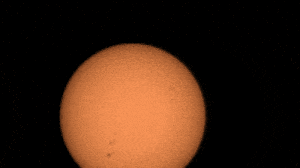Technology tamfitronics
In a lab at Melbourne University, a robotic arm grips a stubby and precisely pours a beer into a glass repeatedly with unerring accuracy.
It is not a gimmick, but a robot designed to function in outer space where there is no gravity.
The arm is also an example of artificial intelligence (AI) at work.
The scientists behind this innovation are part of NASA’s global team, whose work includes cultivating plants for future, long-term space missions.
Their focus may be mostly on distant horizons, but AI is hurtling into our lives here on Earth.
Melbourne University Associate Professor Sigfredo Fuentes said Australian agriculture was one of the fastest adopters of AI.
“Artificial intelligence is a whole discipline based on new digital technologies to acquire data,” he said.
“They are basically mathematical models, the machine acquires the data, finds the patterns of the data and it gives you a response or a target.”
Sigfredo Fuentes says Australia’s agriculture sector was quickly adopting AI. (ABC News: Tim Lee)
AI is already integral to smartphones and has the potential to transform how we produce food and fibres through drones, robots and sensors.
Many AI-trained machines and technologies can capture vast amounts of information and convert it into algorithms to perform tasks humans cannot.
Associate Professor Sigfredo Fuentes (second right) works for both NASA and Melbourne University. (Supplied: Sigfredo Fuentes)
AI on farms
In livestock industries, AI is used to make more efficient use of stock feed and to provide acute observations of animals around the clock.
For example, sensors combined with cameras can detect illness in stock long before it is noticeable to the human eye.
Dutch dairy technology company Lely has just released its latest iteration of robotic milking machines.
Its Zeta model will employ sensors and cameras to constantly monitor animal behaviour, including detecting cows about to calve and sending an alert to the farmer if needed.
Labour-saving robotic milking machines in dairies have been around for decades and now AI is boosting their capabilities.
At Melbourne University’s three-robot dairy at its Dookie agricultural campus, each cow is monitored as it is automatically milked.
A radio collar that works like a barcode directs the robotic milking machine operations, allocates a precise feed ration and records the cow’s daily output.
Dairy manager Stuart Beverley said the biggest benefit of AI was improved animal welfare.
“The availability for them to come in and be milked as often as they’d like to which is at their control, which obviously then flows on to animal health,” Mr Beverley said.
Stuart Beverley is the dairy manager at Dookie Ag College. (ABC News: Tim Lee)
Goodbye weeds
In a paddock at the Dookie agricultural campus, farm manager Tim Reeks is at the wheel of a large tractor with a 36-metre-wide spray boom.
He has programmed it to spray only the unwanted weeds dotted amongst the pasture.
“We can go in and selectively spray those weeds out and we can save up to 80 per cent of our chemical use,” he said.
The technology uses photo imagery from tiny cameras mounted on the boom arm to take eight images a second.
Tim Reeks is a farm manager at Dookie Ag College. (ABC News: Tim Lee)
From that, tiny jets selectively squirt the weeds as the unit motors up and down the paddock.
“So far in some of our canola we’ve got up to 96 per cent chemical saving in grass weeds and 84 per cent in other paddocks so it’s really promising,” Mr Reeks said.
Mr Reeks said the precision was better for the environment, crop quality, and ultimately better for the farmer’s bottom line.
This boom spray has a 36-metre span. (ABC News: Tim Lee)
Saving water with AI
AI is assisting agriculture and agribusiness in making informed, pioneering decisions and predictions.
“It’s like having a smart assistant help you make decisions,” CSIRO’s Dr Rose Roche said.
Dr Roche and her team have developed an AI-assisted program called WaterWise.
It uses plant-based sensing technologies, or smart analytics to allow growers, for the first time, to detect water stress in their crops.
“We’ve commercialised it with a local company, Goanna Ag, where we’re using sensors to measure the plant, analytics and weather data to forecast exactly when is the perfect time to water a crop,” Dr Roche said.
Artificial intelligence is becoming a lot more commonly used on Australian farms. (ABC Landline)
The technology, which also predicts a crop’s future water needs, is being used by Australian irrigators, including the cotton industry.
It is also reaching new markets in the United States.
There are dozens of artificial intelligence trials happening across Australia’s farming and food processing industry.
Greenhouses using AI drones can detect crop yield and pest outbreaks. They can also assist in pollination.
In fruit packing houses, the technology can identify overripe or defective fruit that is not detectable to workers.
“Agriculture and food science is going to be the science of the future,” Processor Fuentes said.
“Without agriculture or food science, you can’t really explore the universe.”
Watch ABC TV’s Landline at 12:,on Sunday or onABC iview.



